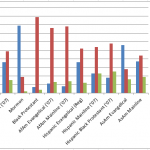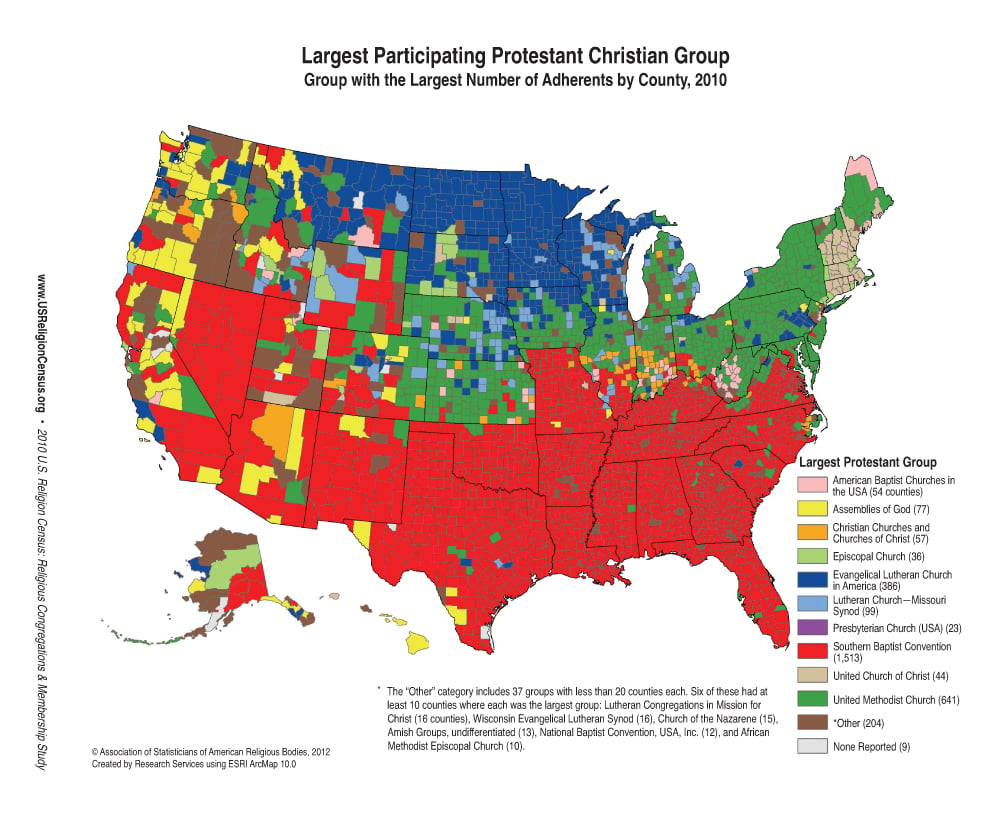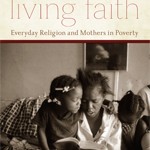In a recent report by the Pew Hispanic Center, we had some new statistics available for the religious diversity within the Latino populations. The published findings only show us the registered voter group of Latinos surveyed which is not an identical match to the other figures I presented in a previous post, but until we can access the actual data , we may need to go with what we have. This got me thinking, why not try and pick up... Read more
















